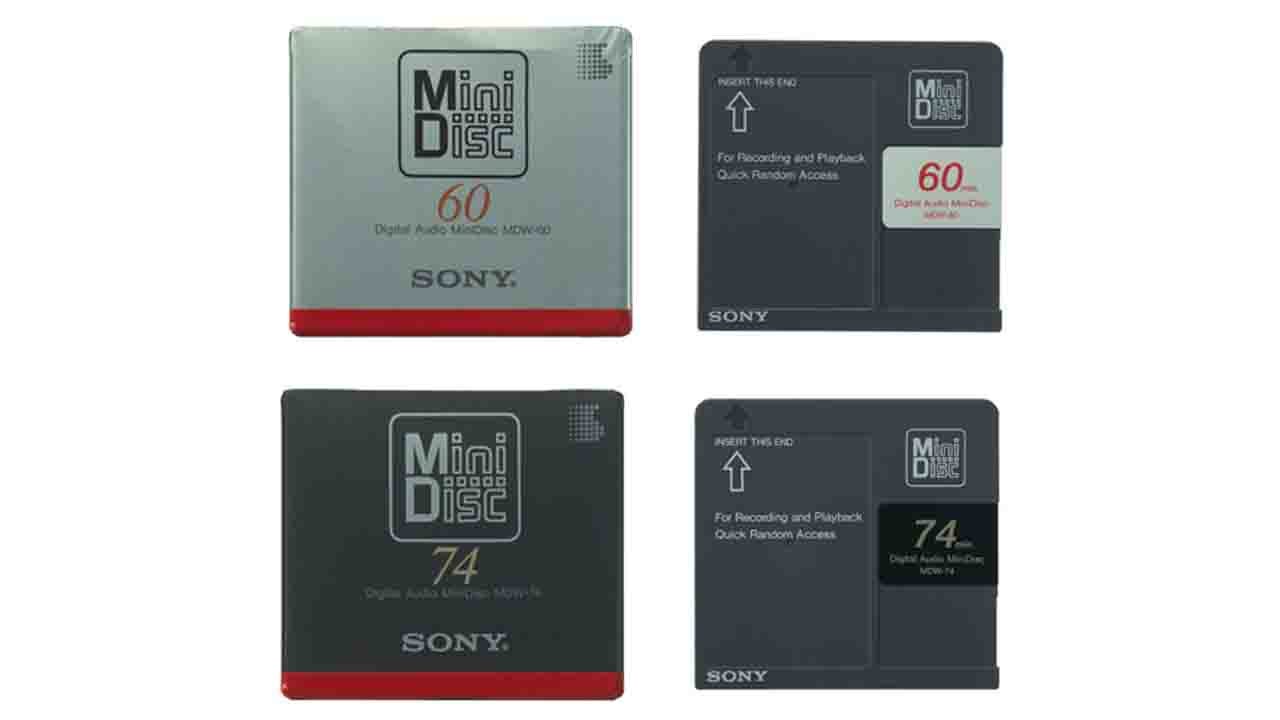Sony’s MiniDisc era brought a variety of blank media options designed to cater to different recording needs and preferences. This guide explores the evolution of Sony’s MiniDisc blank media, categorized by year to provide a comprehensive look at the blank media available throughout the MiniDisc's lifecycle.
1992-1994: The Early Years
Sony's journey with MiniDisc media began in November 1992 with the introduction of the Basic MiniDiscs. The initial lineup included the MDW-60 and MDW-74 models. The MDW-60 offered 60 minutes of recording time, while the MDW-74 extended this to 74 minutes. These Basic MiniDiscs were distinguished from later models by their straightforward design and labeling, marking Sony’s first steps into the MiniDisc market.




